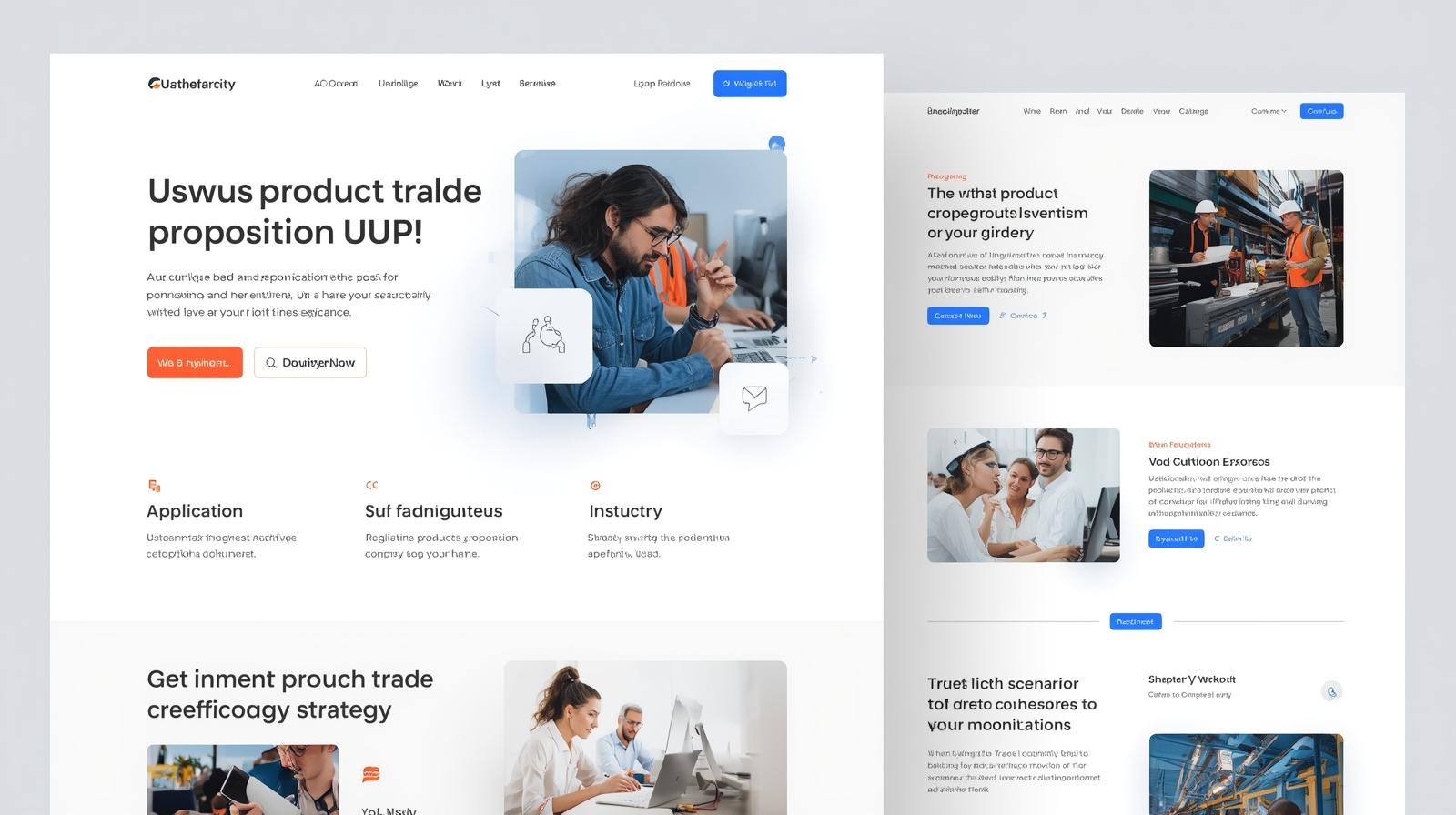1. Why is the dual-wheel drive of "platform → foreign trade website" the most effective?
The root cause of many independent foreign trade websites experiencing a lack of traffic is that they operate solely as platforms or official websites. A more sustainable approach is to leverage cross-border e-commerce platforms to reach broad demand, while using foreign trade websites to capture high-intent and build brand momentum, creating a closed loop of "platform acquisition → official website conversion → repeat visits and purchases." Search engines naturally favor high-quality experiences and consistent engagement. For reference, refer to Google Search Central's explanation of core web page metrics and content quality, as well as Baidu Webmaster Platform's guidance on site structuring, sitemaps, and crawl diagnostics . Furthermore, the growing trend of cross-border digital trade has been consistently verified in reports from the United Nations Conference on Trade and Development (UNCTAD) .
2. Leveraging the Platform’s Power: Bringing People to the Site in a Compliant Manner
1) On-site SEO to increase natural traffic
Listing keyword matrix : Focus on "core words + long-tail words + regional words" and unify them into the brand vocabulary; the title/key points/background search terms are consistent.
Content differentiation : Place "application scenarios, comparison charts, and parameter tables" in the platform's A+ content/brand story area to establish cognitive anchors.
Compliant touchpoints : Place the brand domain name and QR code on packaging, after-sales cards, and user manuals (complying with platform policies). Include a recognizable brand domain name in the "About Us" section of the brand flagship store on the website. Add UTM parameters to all touchpoint URLs, and enter the attribution pool after returning to the website.
2) Cross-platform collaboration
Select two to three types of platforms to go deeper (such as general products and industry verticals), and use different SKU matrices to cover different levels of the population.
Evaluations and Q&A accumulate into a “keyword corpus”, which feeds back into the website’s SEO copywriting (FAQ/knowledge base).
3) Paid volume expansion for cold start
Platform advertising increases search visibility and drives off-site brand searches; at the same time, Google Ads for brand and category keywords are placed to guide potential users exposed on the platform to the official website comparison page/solution page, forming a "platform planting → official website transaction" pattern.
3. How can foreign trade websites efficiently handle platform traffic?
1) Landing Page Structure: Three Screens to Solve Three Questions
First screen : One-sentence UVP + key qualifications (such as ISO/CE/UL) + Inquiry Now CTA.
Second screen : Short cards of application scenarios/industry solutions, linking to deeper categories or case pages.
Third screen : Social proof (customer logo/testimonials/years of cooperation) + secondary CTA (download data sheet/request sample).
2) Speed and multilingual strategy
Static/SSR ensures that LCP and CLS meet the standards (refer to Google Search Central );
**Multi-language and
hreflang** standards are used to cover target markets; multi-language sitemaps are submitted to Baidu Webmaster Tools and Google to accelerate inclusion.
3) Structured Data and Discoverability
Add Schema.org structured markup to product, FAQ, and unboxing/comparison content;
Clear breadcrumbs, category navigation and site search reduce bounces and increase return visits.

4. Turn a single visit into a long-term relationship: Automation and remarketing
Email automation : trigger "Case + FAQ + Maintenance Guide" 7 days and 30 days after the platform transaction/inquiry, guiding the return to the site;
Closed-loop remarketing : embed GA4/Ads/social media pixels on the official website, and layered delivery of “comparison pages/case pages/white paper” materials;
Content assetization : The platform’s hottest questions and answers, as well as rebuttals to negative reviews, are aggregated into the official website’s knowledge base and blog to form “topic clusters”, thereby increasing site authority and long-tail rankings (for methods and principles, please refer to the official recommendations of Google Search Central and Baidu Webmaster Platform ).
Industry Insight Endorsement : Integrating UNCTAD 's e-commerce and digital economy data into blogs/white papers on "global demand trends, regional differences, and compliance trends" not only enhances content authority but also facilitates external link expansion.
5. Executable traffic-driving combination (example)
Platform side : Listing keyword matrix + A+ content differentiation + compliance touchpoints (packaging/manuals) + advertising cold start.
Site side : Next.js staticization + multilingual
hreflang+ structured data + category/FAQ/case cross-linking.Growth side : UTM full-link attribution + GA4 event funnel (50% scroll/CTA click/form submission/material download) + email and remarketing rhythm.
6. Common Misunderstandings and Corrections
Only focus on volume without building a brand : Short-term conversions may be impressive, but repurchase rates and bargaining power are weak; "case studies/certifications/comparisons" should be made into searchable content assets.
Only citing but not accepting : The landing page does not match the audience's intention, loads slowly, and is not localized, resulting in wasted traffic.
No data closed loop : No unified UTM specification and event model have been established, making it impossible to optimize budgets and materials.
CTA
Want to steadily convert platform traffic into inquiries and orders on your website ? Using Pinshop (React + Next.js static, multilingual, built-in automated SEO, 3D display, and EDM/social media integration), we deliver a measurable and replicable closed loop of traffic generation and conversion for foreign trade companies. Schedule a demo now and get your industry-specific traffic generation checklist.







